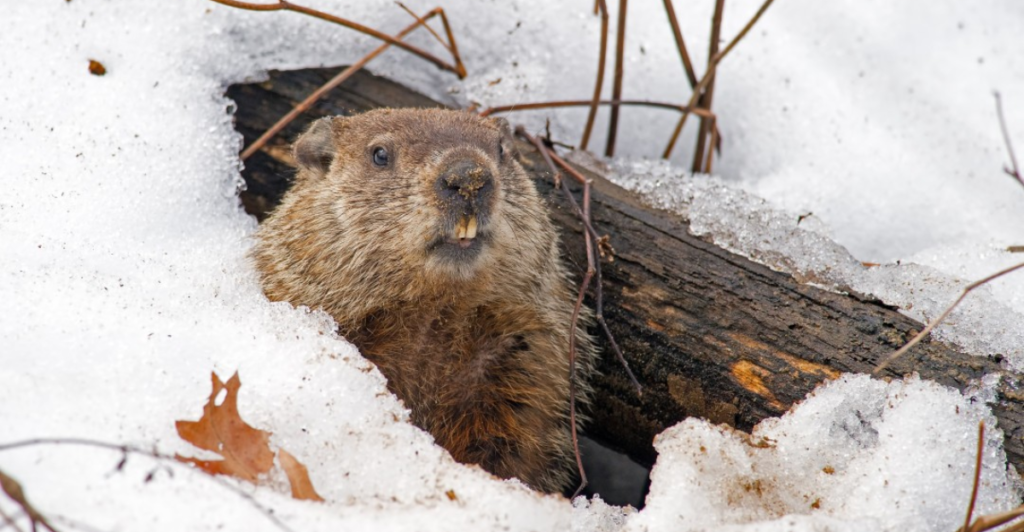
Hibernation is a unique adaptation that allows certain animals to survive harsh winters by slowing their metabolism, lowering their body temperature, and conserving energy. This helps them survive when food is scarce, and conditions are extreme.
Bears are usually associated with hibernation, but many other species across North America rely on hibernation. From mammals to amphibians, each of these animals has their own unique methods for enduring the cold months. Let’s take a look at nine animals in America that survive winter by hibernating.
1. Black Bears
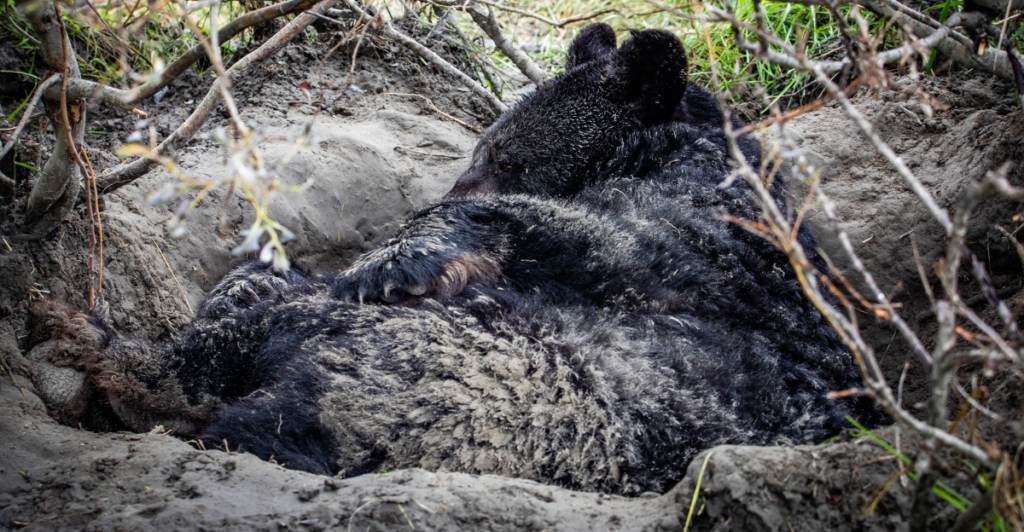
Black bears are known for undergoing a unique type of hibernation known as torpor, which allows them to remain dormant while still being able to wake up quickly when they get disturbed. Before the winter starts, they build up fat reserves during the fall by consuming large amounts of food. Once the cold sets in around late November or early December, they retreat into dens like caves, hollow trees, or dug-out spaces.
During torpor, their heart rate drops to as low as 8 beats per minute, and their breathing slows. Unlike true hibernators, their body temperature only decreases slightly. Amazingly, they can stay in this state for months without eating, drinking, urinating, or defecating, surviving entirely on their fat reserves until spring comes around again.
2. Groundhogs
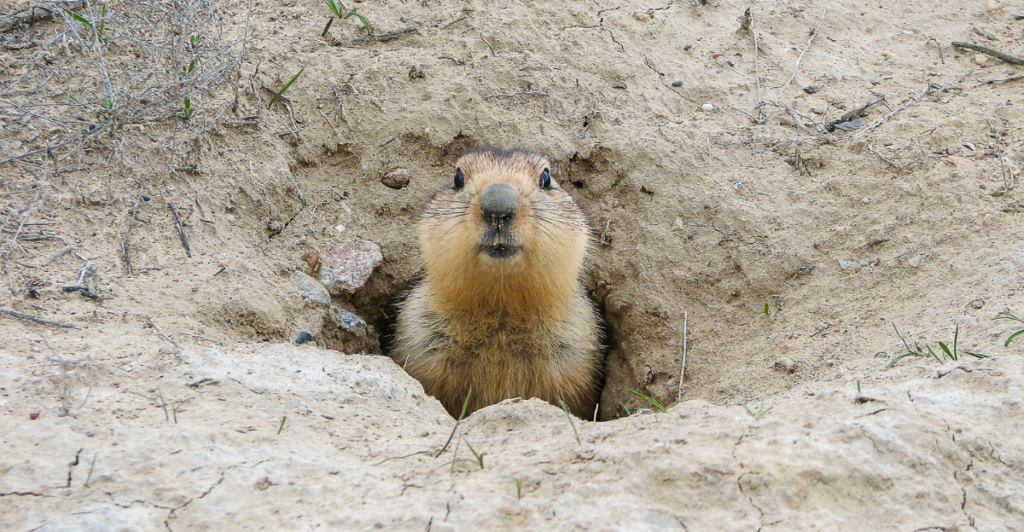
Groundhogs, which are also known as woodchucks, are one of the few hibernators in North America. These small creatures dig deep burrows where they spend the winter months in complete dormancy. To prepare, they consume large amount of food in the fall to store fat. Once hibernation begins, their body temperature can plummet to just above freezing, and their heart rate slows from 80 beats per minute to as low as 5.
This drastic reduction in their metabolism helps them conserve energy when food is unavailable. They can hibernate for up to 150 days and only wake up when spring temperatures rise. Their deep sleep and incredible physiological changes make them one of nature’s most efficient winter survivors.
3. Bats
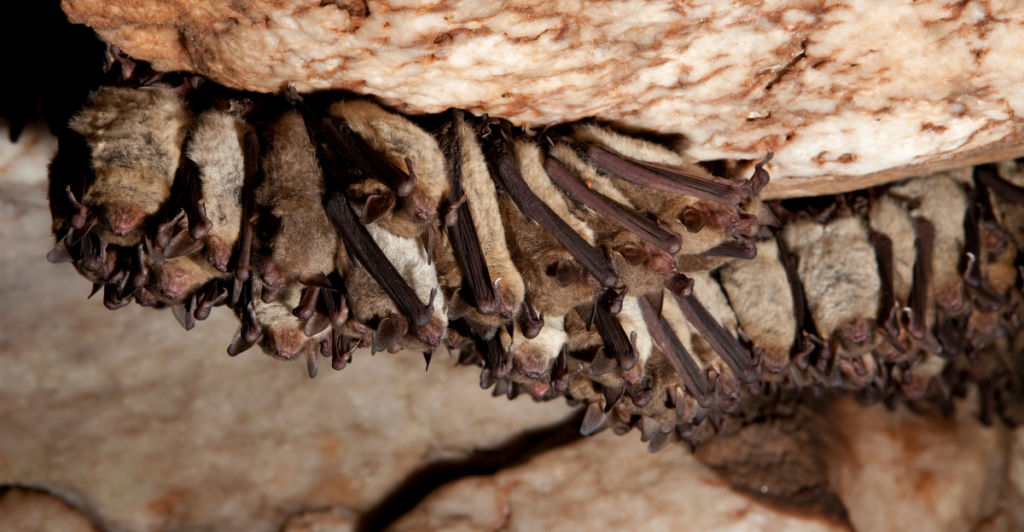
Did you know that bats are expert hibernators that choose cold, stable environments like caves, attics, and abandoned mines for winter shelter? Bats enter hibernation in October or November and can remain dormant until March. During this time, their body temperature drops to almost ambient levels, and their heart rate slows to around 10 beats per minute.
They survive on fat stored in prior months. Some bat species cluster together for warmth, increasing their chances of survival. However, hibernating bats face threats like white-nose syndrome, which is a deadly fungal disease that disrupts hibernation and causes fatal energy loss.
4. Chipmunks
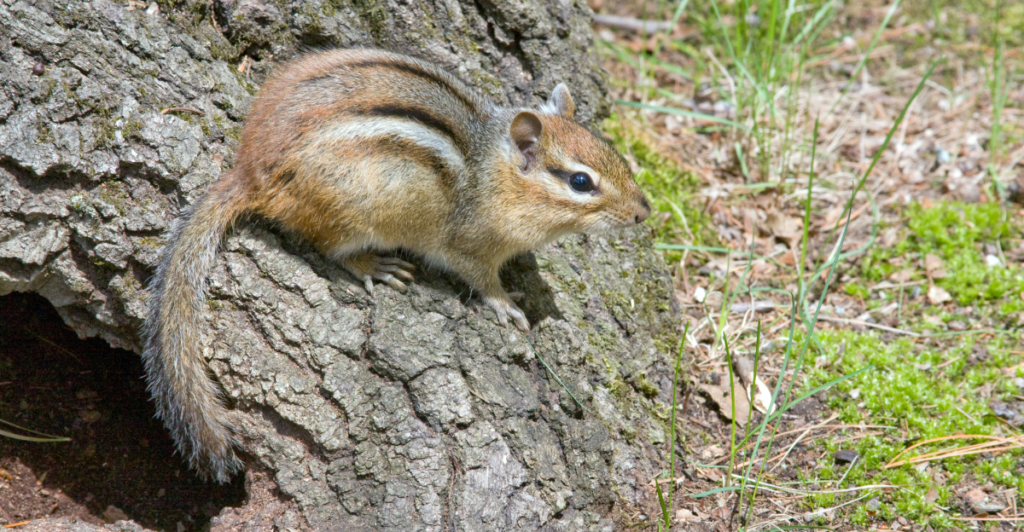
Chipmunks also survive the winter through a light form of hibernation known as torpor. They do not sleep through the entire season but rather enter short periods of dormancy, waking every few days to eat stored food. Before the winter stars, they collect seeds, nuts, and berries, which they stash in underground burrows.
Their heart rate drops from 350 beats per minute to just 4, and their body temperature decreases, helping them conserve energy during cold spells. After waking to eat, they return to torpor until weather conditions improve. This lets them stay nourished while saving energy, making them uniquely equipped to handle harsh winters.
5. Salamanders
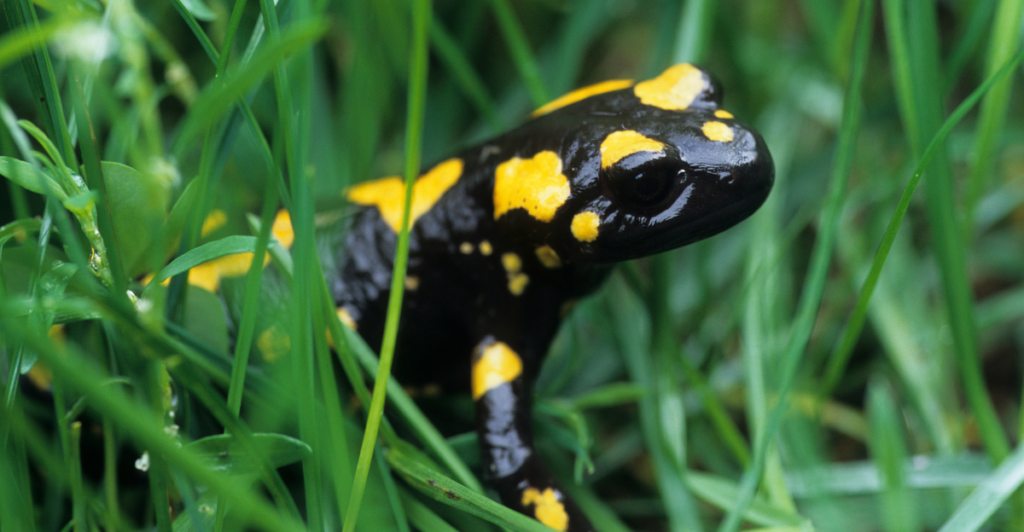
Salamanders hibernate to survive the freezing winter months by burrowing underground or hiding beneath leaf litter and logs in moist, sheltered areas. These amphibians are cold-blooded, which means they rely on external temperatures to regulate their body functions.
As temperatures drop, their metabolic rate slows drastically, allowing them to conserve energy while food is unavailable. Some species can even tolerate partial freezing of body tissues. They generally remain dormant throughout the winter, emerging only when warmer, wetter conditions return in early spring.
6. Marmots
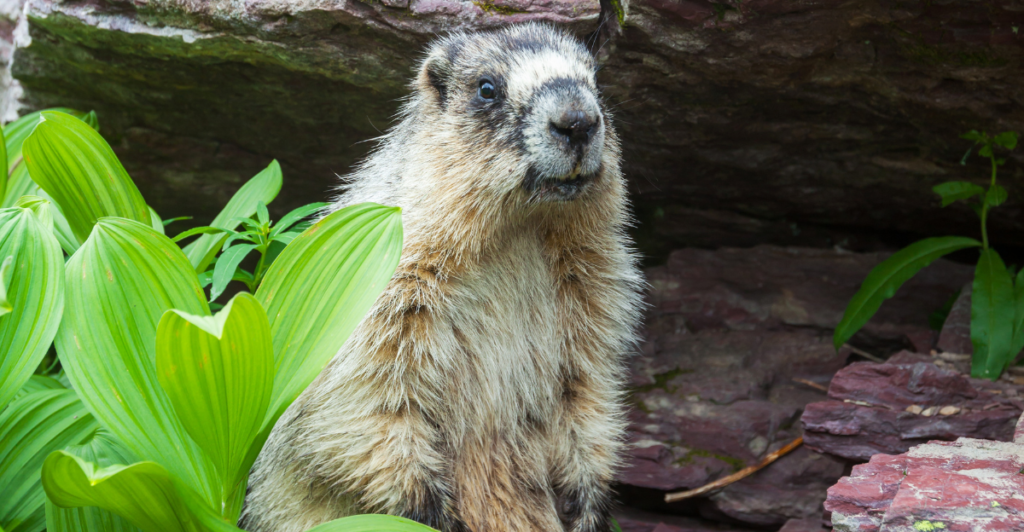
Marmots are large, burrowing rodents that are closely related to groundhogs. They are true hibernators that spend up to eight months each year in underground dens. Leading up to winter, they feed intensively to build fat reserves. Once hibernation starts, their breathing slows to just 2 to 3 breaths per minute, and their heart rate drops from about 120 to as low as 3 to 4 beats per minute.
Their heart rate also drops significantly, which allows them to conserve energy during long periods of inactivity. Marmots stay in tightly sealed burrows to keep out cold air and predators. When spring arrives, they emerge to feed, mate, and restart their annual cycle.
7. Wood Frogs
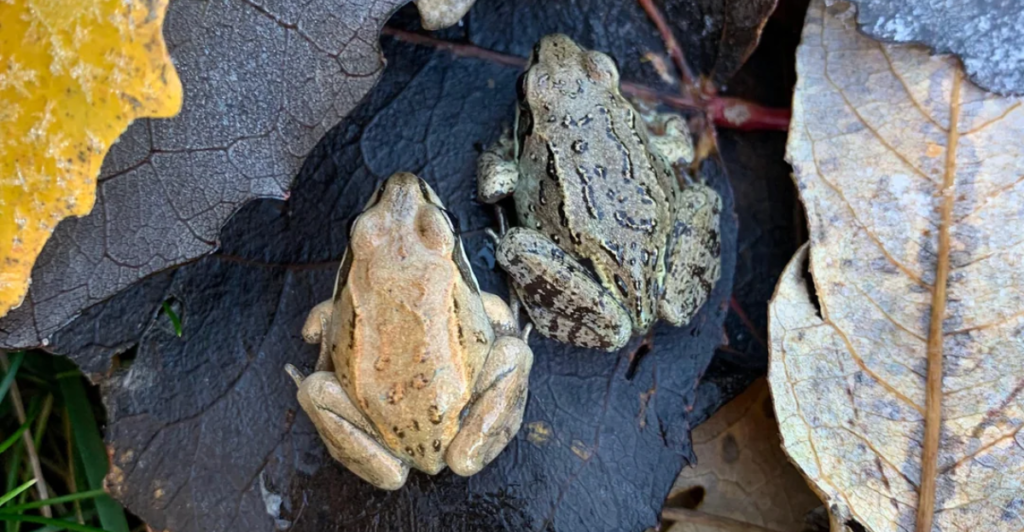
Wood frogs use one of nature’s most extreme hibernation strategies. They allow their bodies to freeze almost solid during winter. Found in northern forests, they bury themselves under leaf litter or soil. As temperatures drop, ice crystals form inside their bodies, and their heart and breathing stop.
Their organs are protected by natural antifreeze compounds in their blood that prevent damage from freezing. This frozen state can last for several weeks or even months. Once temperatures rise in early spring, the frogs thaw and return to life within hours. Their ability to survive complete freezing is a rare and remarkable adaptation.
8. Common Poorwills
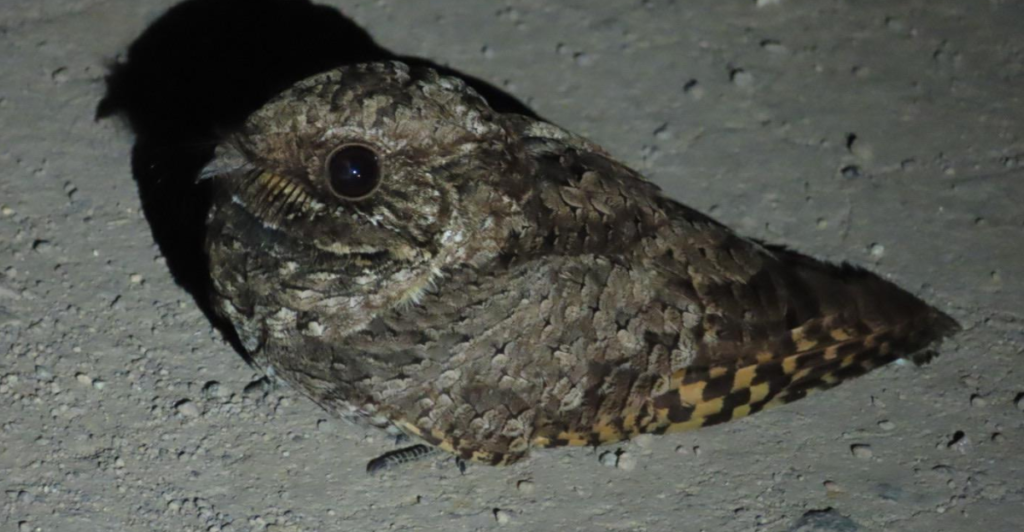
The common poorwill is the only known bird in North America that enters true hibernation. These nocturnal birds can be found in the southwestern United States. They hibernate when food becomes scarce during the winter. They stay in sheltered spots like rock crevices, hollow logs, or piles of leaves.
Once hidden, these birds lower their body temperature and metabolic rate, remaining inactive for weeks or even months. This period of dormancy helps conserve energy during unfavorable conditions. Unlike most birds that migrate or remain active year-round, the poorwill’s ability to hibernate is rare and highly specialized.
9. Garter Snakes
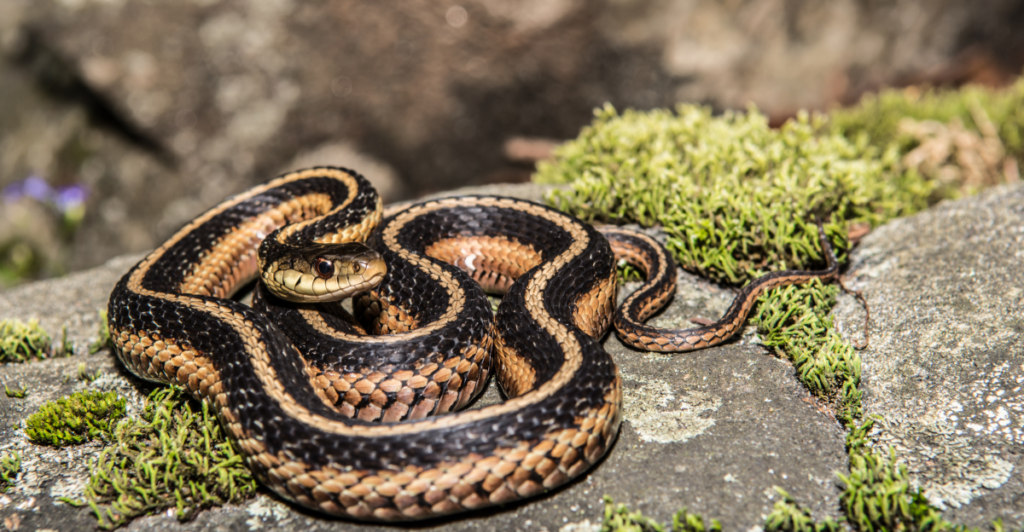
Garter snakes endure winter through a process called brumation, a reptilian form of dormancy similar to hibernation. As cold-blooded animals, they can’t regulate their own body temperature and must find ways to survive freezing temperatures. In the fall, they gather in large numbers, sometimes hundreds, in underground dens called hibernacula, often located below the frost line.
Their metabolic rate drops significantly, which allows them to survive without food for several months. By brumating together, they share body warmth and increase survival rates. When spring arrives, they emerge together in search of food and mates, signaling the end of winter and the start of their active season.
Explore more of our trending stories and hit Follow to keep them coming to your feed!

Don’t miss out on more stories like this! Hit the Follow button at the top of this article to stay updated with the latest news. Share your thoughts in the comments—we’d love to hear from you!







